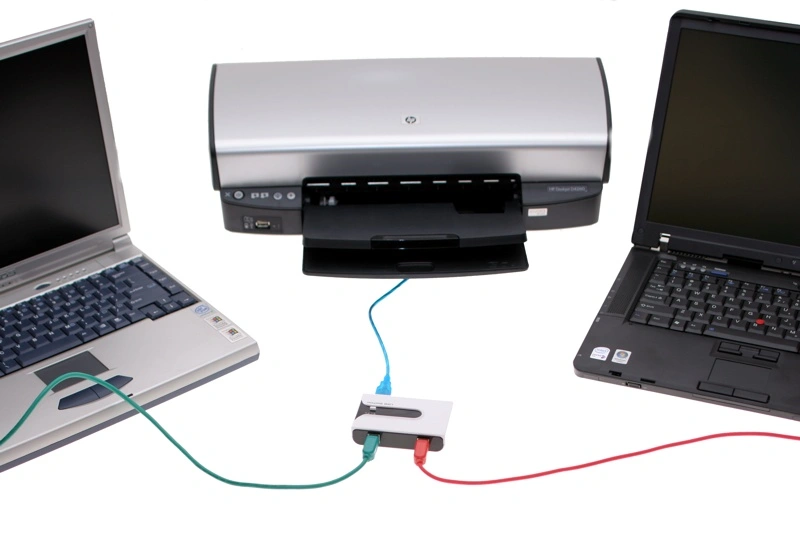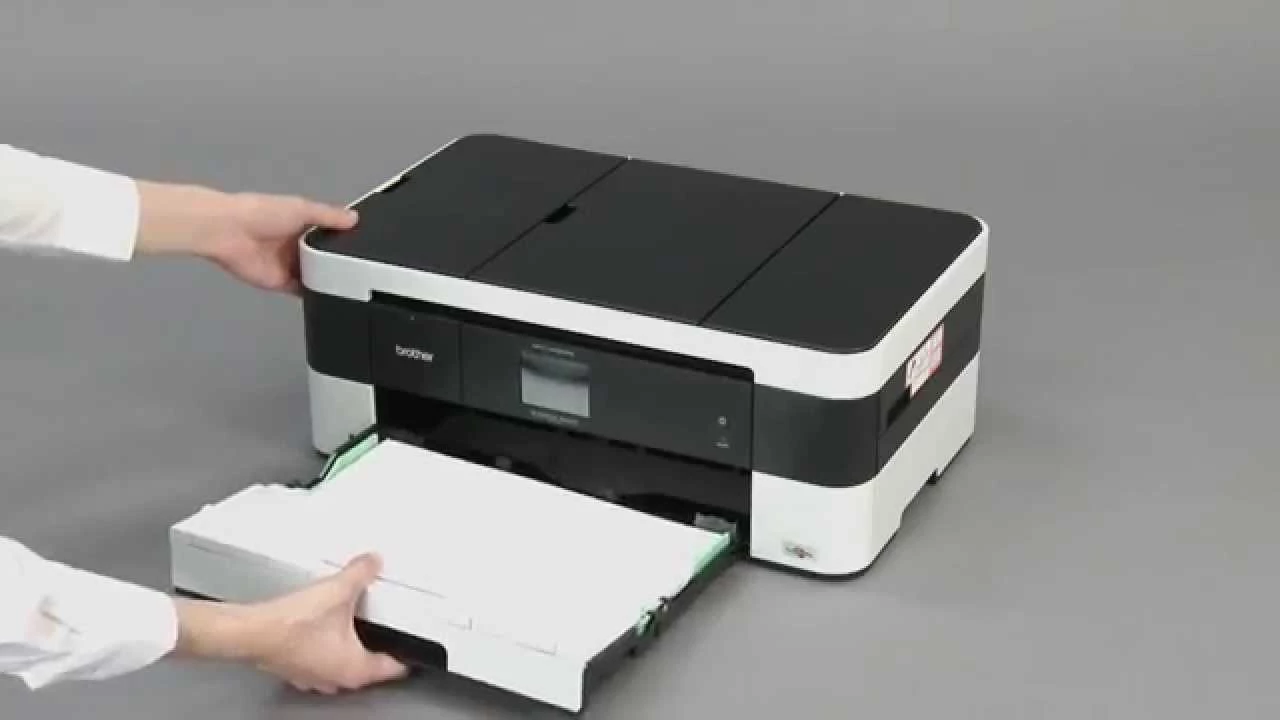Local printers are popular at offices, especially for those who want a printing machine on their desks to do printing tasks immediately. If you plan to have this printer type at your workstation, you should know about it and its benefits.
Defining a Local Printer
Both a local printer and network printer can be good options to support your work at the office but those printers have some differences. A local printer is a printer type that can connect directly to your computer using a USB cable. This printer is only accessible on your workstation.
Hence, a local printer only provides printing service to one computer at once. It ensures reliable access to a printer and meets immediate printing needs. Using a local printer allows you to check how accurate the printing outputs are.
However, local printers have some disadvantages like spending more money on ink cost, paper, multiple printers buying, and maintenance. A problem or damage in a local printer will affect the productivity of an employee using it because they are unable to reroute it to another printer.
Benefits of Local Printers

Considering the benefits of using a local printer is necessary before you add it to your workstation. You can experience several benefits when using a local printer to support your work in the office.
-
Support large printing needs
Adding local printers at the office can support employees performing large printing needs more easily. Employees only need to work on their desks and print all the work directly from their workstations. That is why a local printer can boost work efficiency and project workflow.
Moreover, employees can monitor the printed materials immediately after they come out from the printer to check their accuracy. It is beneficial when they must print out pieces for a particular project. If an issue happens, it is easier to identify and fix a local printer immediately.
-
Maintain productivity
Moving around from one printer to another to get the printed jobs done can take more time, especially when you are in a rush to finish your jobs. Adding local printers over workstations can maintain productivity all day long because you can do all the printing tasks from your desk.
Maintaining productivity in the office is essential to keep all the tasks complete at the decided time. However, unnecessary activities often can reduce productivity such as when you waste working time by going back and forth for printing tasks. Hence, using a suitable printer is a good solution.
-
Deliver faster printing service

Using local printers enables you to have direct access from your computer to any physical device so it can boost printing speed considerably. There is no network delay when using a local printer so you can see the direct feedback after you get the printouts. It is something that you cannot get from network printers.
Having a faster printing performance can be very beneficial when you need to do extensive printing tasks. The faster the printer is, the easier for employees to complete their tasks in a short time. Thus, they can do other work. The presence of local printing in the office can improve the efficiency of time and work.
-
More reliable
A local printer offers you with more reliable printing service because it removes the possibility of a bad remote network. Since it does not include a host network, it is free from network limitations. You will enjoy the fast and easy performance when using this printer.
Moreover, a local printer does not get limited by traffic. Printing traffics usually occurs when multiple users on a network try to perform printing tasks at once. Thus, this condition leads to slower printing tasks. This printer is more reliable because it experiences fewer traffic issues.
-
Easy to set up
One of the primary benefits of using local printers is easy to set up and run. Almost all the setup process occurs automatically and you can run this printer a few minutes after the setup process is complete. You will require a USB cable to connect the printer and your computer.
Numerous models will install the printer software straightly to the computer when you make the connection for the first time. Besides, you do not need a complex network configuration to set up a local printer. It is similar to conducting a plug-and-play concept on particular devices.
You can prepare the machine and run it quickly. Moreover, a local printing machine does not require network access so it will eliminate other devices from your network.
-
Low cost per unit
Although you will require more printers in the local type, it offers you with more affordable purchasing price than a network printer. You can buy a printing machine for a local connection with a more friendly budget. You do not need to buy Ethernet or a central network hub to make it work.
It is the reason why a local printer is a good option for small to medium-scaled businesses. Its connection depends on the considerably cheap USB cable. Besides, you do not require help from the expert to set up the printer because you only need to plug and play it.
-
Easy maintenance

Local printers also need less maintenance than network ones. It is very reliable and rarely face any issues. You likely conduct the maintenance on this printing unit only for its machine. You do not need to perform maintenance on the central network hub or other configurations included.
It allows the printing machine to run easily and conveniently. You only need to spend your money on maintenance for the machine and not on a network.
How to Install a Local Printer
Installing a local printer is easier. However, if you have never done this process previously, you should learn and follow the steps below for a proper installation.
- First, find the search icon on your taskbar and enter ‘Printers’ in the search box. Choose the Printers & scanners option to open its system settings.
- Then, select the Add a printer or scanner option and continue to choose the Add device option.
- Now, discover the printer model you want to use and click on the Add device option. If you plan to eliminate the printer option, choose the printer model and click on the Remove option.
- If you cannot find the printer model, click on the Add manually option and follow the instructions to add your printer manually with one of the available options.
- If you still cannot connect to it manually, you can solve the issue with your Windows.
Before adding local printers to the workstations, you should consider the number of users, the available budget, and the working environment. Those factors will affect how you will benefit the local printer optimally for your work.

I'm Morgan, the creator of VPNForMe — a site born from too many hours spent side-eyeing sketchy VPN reviews and buffering videos.
I wanted a place where people could get straight answers about privacy, streaming access, and which VPNs actually deliver — without the hype or tech jargon.
